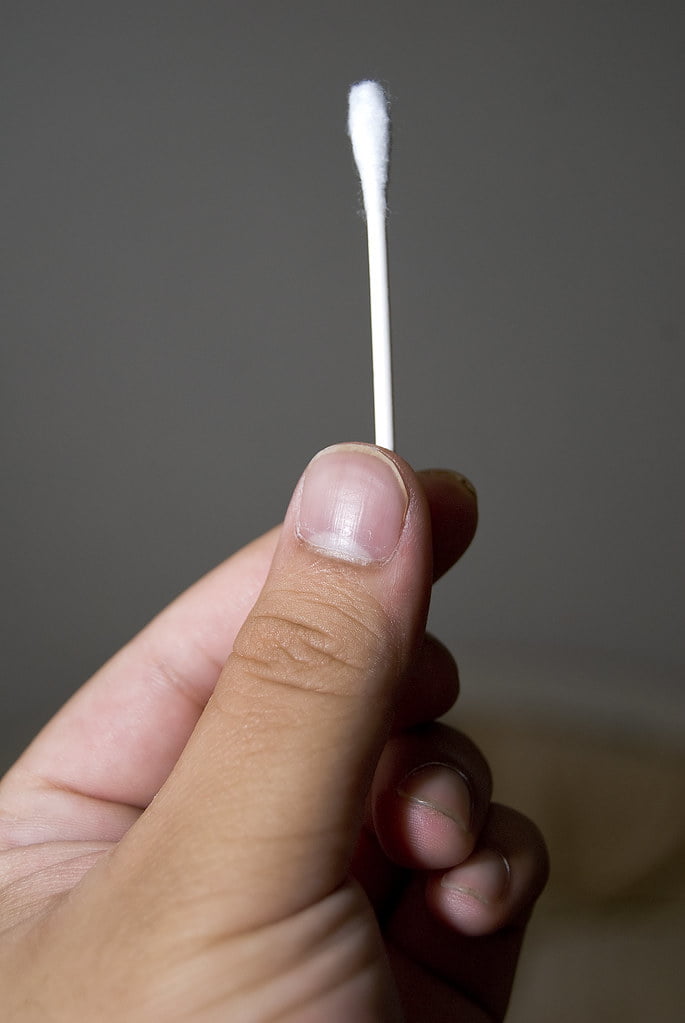Building Blocks of Hearing: Exploring the Basics of Ear Structure and Function
Last Updated on 3rd May 2024 by Admin
Introduction
To truly comprehend how we perceive sounds, it is imperative to have a fundamental understanding of the structure and function of the human ear. The ear is an intricate organ that plays a pivotal role in our ability to interpret and process sounds from the environment. In this comprehensive article, we will delve into the various components of the ear and explore how they synergistically work together to facilitate the remarkable process of hearing.
Outer Ear
The outer ear, often referred to as the visible part of the ear, encompasses the earlobe and the fleshy region surrounding the entrance to the ear canal. Its primary function revolves around the collection and direction of sound waves towards the middle ear. The outer ear comprises three main components:
- Pinna: The pinna, also known as the auricle, represents the outermost part of the ear. Its distinctive shape aids in capturing sound waves and guiding them into the ear canal. The intricate folds and ridges of the pinna enhance our ability to localize sounds and perceive them from different angles.
- Ear Canal: The ear canal, also called the auditory canal, is a narrow passageway connecting the outer ear to the middle ear. Sound waves traverse this canal to reach the middle ear. It is lined with hair follicles and glands that produce earwax, scientifically known as cerumen. This naturally occurring substance helps protect and cleanse the ear, preventing the entry of foreign particles and potential infections.
- Tympanic Membrane: Positioned at the end of the ear canal, the tympanic membrane, commonly referred to as the eardrum, presents itself as a thin and delicate membrane. It vibrates in response to sound waves and serves as a conduit for transmitting these vibrations to the middle ear. The eardrum’s ability to accurately convey the subtle nuances of sound is essential for effective hearing.
Middle Ear
Nestled between the outer ear and the inner ear, the middle ear exists as a small, air-filled space that houses three crucial components:
- Ossicles: The ossicles, comprising the malleus (hammer), incus (anvil), and stapes (stirrup), form a chain of three tiny bones within the middle ear. These bones work in unison to amplify and transmit the vibrations received from the eardrum to the inner ear. The malleus attaches to the eardrum, while the stapes conveys the amplified sound vibrations to the inner ear through the oval window.
- Eustachian Tube: The Eustachian tube establishes a connection between the middle ear and the back of the throat. Its primary function revolves around equalizing the air pressure on both sides of the eardrum. This equalization is crucial for maintaining optimal hearing and preventing discomfort, particularly during changes in altitude or instances of ear infections. The Eustachian tube opens briefly during swallowing or yawning to regulate the pressure.
- Oval Window: Acting as a thin, membranous opening, the oval window separates the middle ear from the inner ear. The stapes bone, one of the ossicles, connects to the oval window and transmits the amplified sound vibrations into the fluid-filled inner ear. The oval window’s ability to accurately convert sound energy from air to fluid is vital for the continuation of the hearing process.
Inner Ear
The inner ear, scientifically referred to as the labyrinth, represents the most intricate part of the ear. It assumes responsibility for converting sound vibrations into electrical signals that can be effectively interpreted by the brain. The inner ear comprises two primary sections:
- Cochlea: Resembling the shape of a snail shell, the cochlea takes center stage as a spiral-shaped structure crucial to the hearing process. It is filled with fluid and encompasses thousands of tiny hair cells, known as cochlear hair cells. These hair cells possess the remarkable ability to convert sound vibrations into electrical signals. Once transformed, these electrical signals are conveyed to the brain through the auditory nerve for further processing and interpretation.
- Vestibular System: Situated within the inner ear, the vestibular system assumes responsibility for maintaining balance and spatial orientation. It encompasses the semicircular canals and the otolithic organs. The semicircular canals specialize in detecting rotational movements of the head, enabling us to perceive changes in direction and maintain equilibrium. On the other hand, the otolithic organs are responsible for detecting linear accelerations and the orientation of the head relative to gravity, further contributing to our overall sense of balance.
Conclusion
Gaining a comprehensive understanding of the structure and function of the ear is paramount to appreciating the complexity of the hearing process. From the outer ear meticulously collecting sound waves to the inner ear meticulously converting them into electrical signals, each component of the ear plays a pivotal role. By delving into the intricate building blocks of hearing, we can develop a deeper appreciation for the wonders of our auditory system and the extraordinary journey that sound embarks upon to reach our brains.
Please do not hesitate to reach out if you require any further assistance!
FAQ
- What is the primary function of the outer ear?
The primary function of the outer ear is to collect and direct sound waves towards the middle ear.
- What are the three main components of the outer ear?
The three main components of the outer ear are the pinna (auricle), the ear canal (auditory canal), and the tympanic membrane (eardrum).
- What are the three ossicles in the middle ear?
The three ossicles in the middle ear are the malleus (hammer), incus (anvil), and stapes (stirrup).
- What is the role of the cochlea in the inner ear?
The cochlea in the inner ear is responsible for converting sound vibrations into electrical signals that can be interpreted by the brain.







